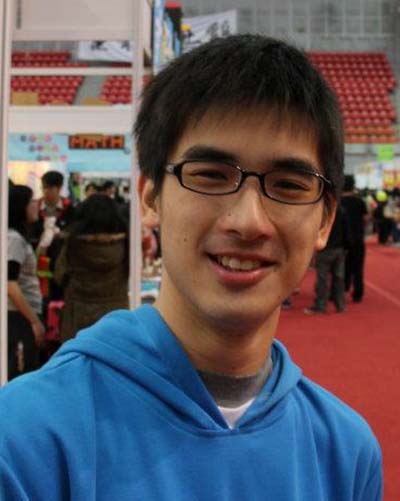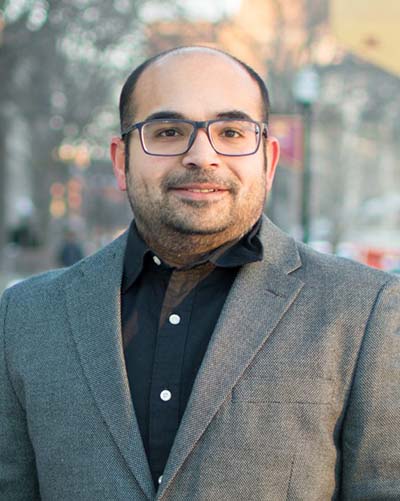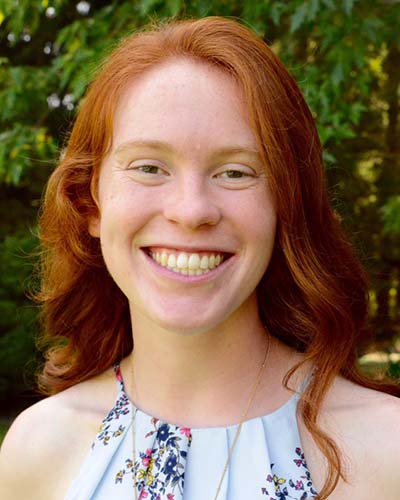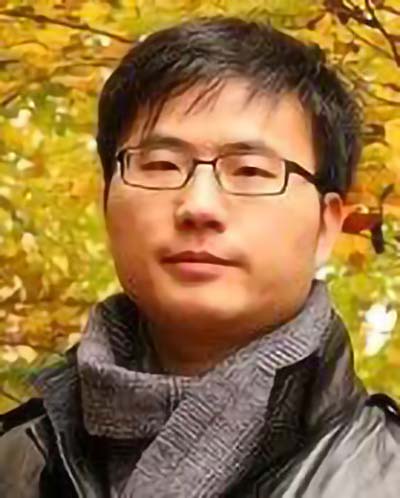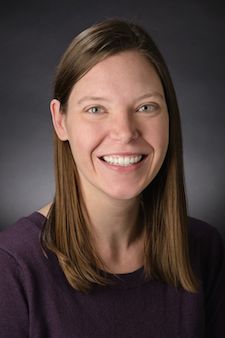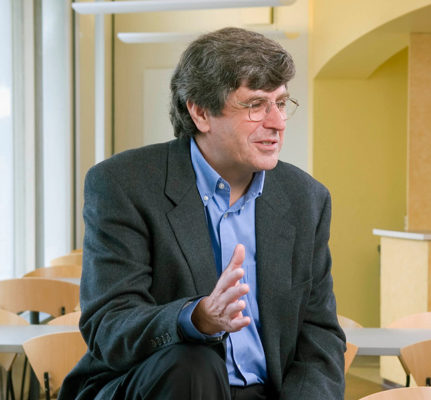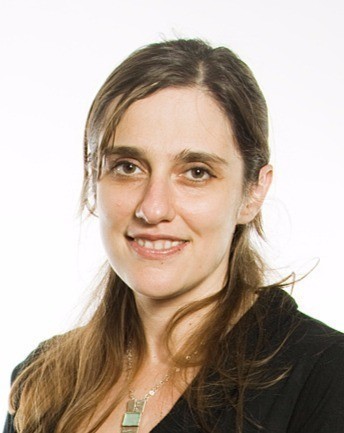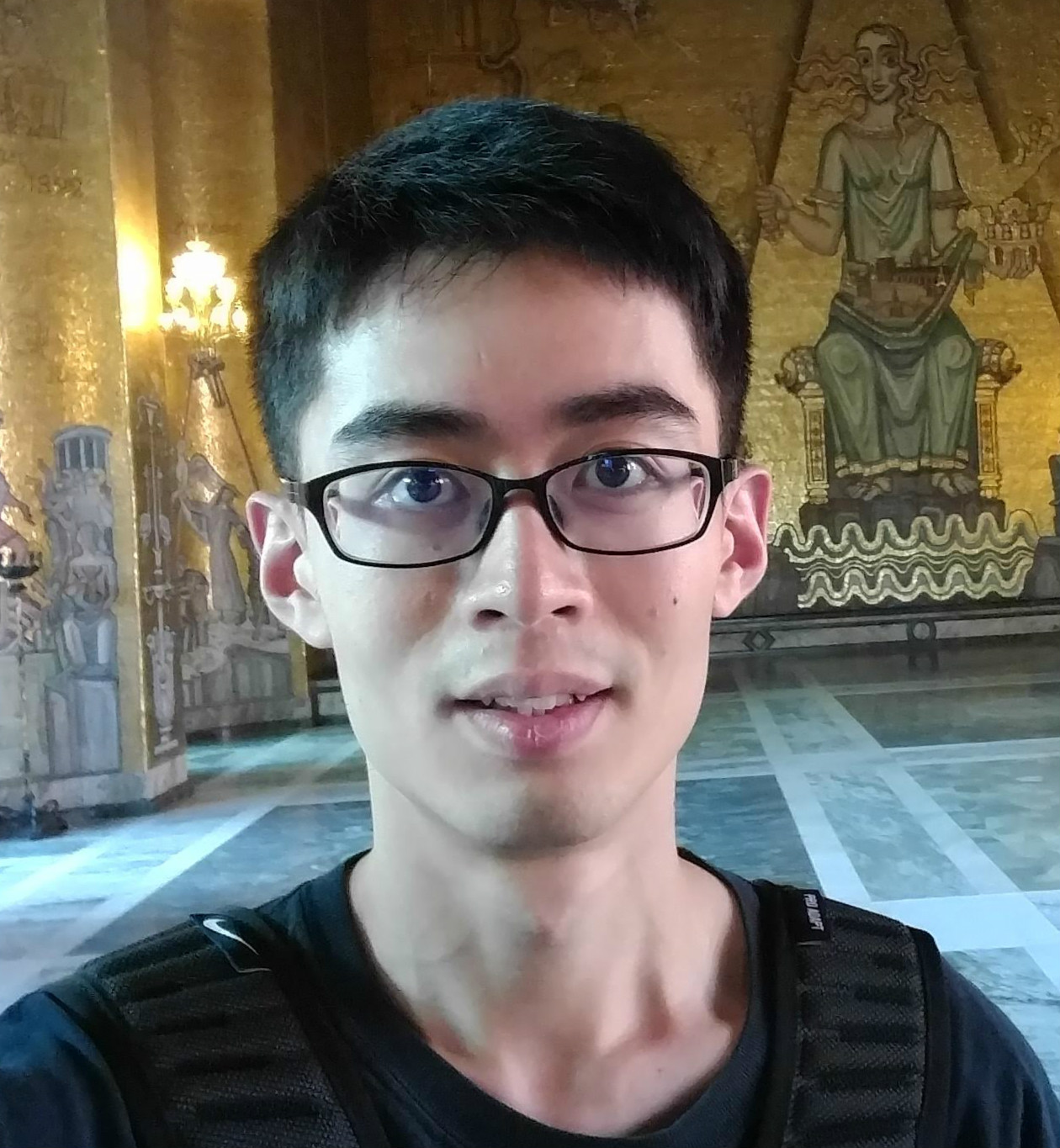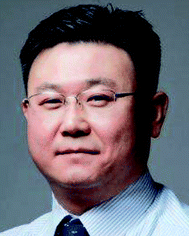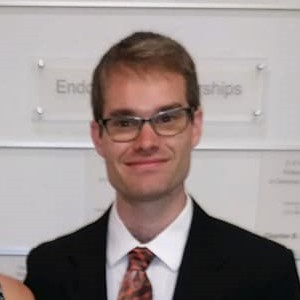Welcome
I am a 5th year Ph.D. student in MIT Chemical Engineering advised by Dr. Bradley D. Olsen.
My research combines artificial intelligence and machine learning with materials science (MIT's 2019 6.S191 Award Winner).
Visit CRIPT, a company that I co-founded that uses a data-centric infrastructure for findable, accessible, interoperable, and reusable (FAIR) data for a wide variety of stakeholders, including polymer scientists/engineers and data scientists in academia, industry, and government.
My dissertation is titled:
Predicting Properties of Polymer Networks Using Analytical Theory and Data-Driven Approaches
Research Projects
How does network chemistry and topology influence mechanical properties? (Aim I)
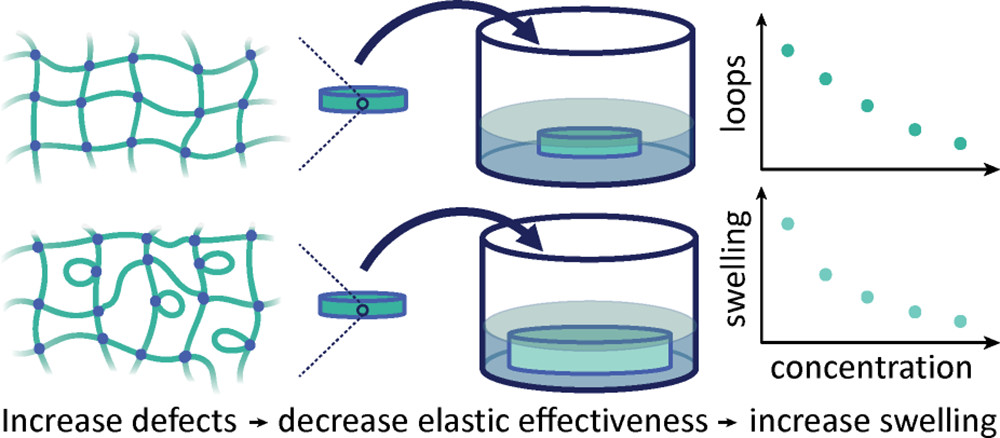
This thesis introduces an update to the elastic portion of the Flory-Rehner and Bray-Merrill theories to incorporate loop defects. To validate this theory, swelling experiments, for the first time, are performed on poly(ethylene oxide) gels in which the topological defects have been previously measured. As a summary of the results, the swelling ratio and loop density are positively correlated, and the revised models with the exact loop density are more accurate than the Bray-Merrill equation. The goal of this aim is to improve our theoretical understanding of how cyclic defects influence swelling and should broadly advance the design of materials with targeted swelling capacity while accounting for precise topological inhomogeneities. Please check out my paper at this link!
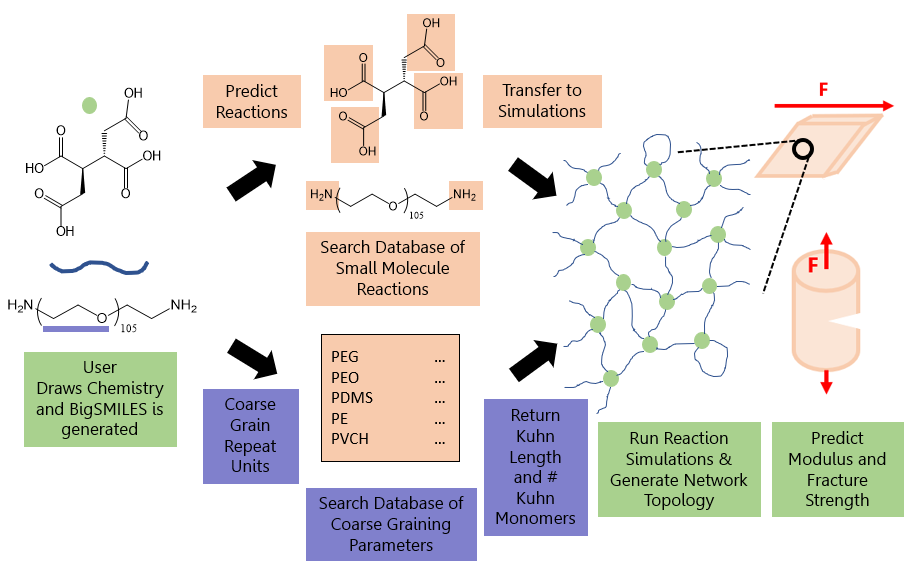
There are very few tools that directly link a polymer network chemistry like a poly(ethylene glycol) or poly(dimethyl siloxane) network to its coarse graining parameters, predicted topology, and macroscopic properties. To fill in this gap, this aim introduces the Network Elasticity and Reaction Designer (NERD), an open-source software that enables the design and prediction of mechanical properties of polymer networks, from drawing deterministic (small molecule) and stochastic (polymer) reactants on an editor to obtaining approximations of the mechanical properties of the network. This tool consists of several modules and uses both data-driven approaches and physics-based theories to predict the mechanical properties of the material. The two properties predicted are the shear modulus and the tearing energy.
How do we rapidly search chemistries and topologies to support polymer network informatics? (Aim II)
Molecular functional group search is important for allowing chemists to rapidly discover information on the web and in databases. Search forms a key part of the daily routine for nearly all chemists, including virtual screening. This helps researchers to find knowledge, accelerates the design of experiments, and advances the study of structure-property relationships in chemistry.
Small molecule search is well-established with the famous SMILES and SMARTS line notations and has transformed the field of cheminformatics. However, polymer search is substantially less developed because polymer structures are stochastic in nature and cannot be effectively searched with existing algorithms. Today, chemists can search for polymers on Google Scholar by their name, but the challenge is that common polymers like poly(styrene) can have many different names, and complex polymer topologies can be difficult for users to query according to their name. Moreover, search engines like SciFinder, while useful for searching monomers, offer limited support for searching advanced chemistries and complex polymer topologies.
The BigSMILES line notation encodes the structure of polymers as compact strings and requires users only to know the repeat unit and end group structures rather than the name. This motivates the creation of a substructure search algorithm to search BigSMILES strings. To this end, this thesis introduces a query language for polymers that extends BigSMILES and SMARTS called BigSMARTS, a graph generation algorithm that converts these strings into molecular graphs inspired by state machines, and a substructure search algorithm inspired by the subgraph isomorphism problem that returns a match between BigSMARTS and BigSMILES strings.
A small molecule has a single deterministic molecular graph representation, but it can have many valid SMILES string representations, which makes useful tasks like searching SMILES computationally expensive. Many theories and algorithms have been proposed to canonicalize the SMILES language, or determine a unique SMILES identifier for every molecule. These algorithms have been implemented in toolkits like RDKit. This aim introduces a canonicalization procedure for the BigSMILES language by mapping a BigSMILES string into a state machine graph, using existing algorithms in computer science literature to minimize or canonicalize the graph, and converting the graph back into a string.
Publications
Canonicalizing BigSMILES for Polymers with Defined Backbones
Tzyy-Shyang Lin, Nathan J Rebello, Guang-He Lee, Melody A Morris, Bradley D Olsen
ACS Polymers Au 2022
(PDF)
(HTML)
Simulate time-integrated coarse-grained molecular dynamics with geometric machine learning
Xiang Fu, Tian Xie, Nathan J Rebello, Bradley D Olsen, Tommi Jaakkola
arXiv preprint 2022
(PDF)
(HTML)
Random Forest Predictor for Diblock Copolymer Phase Behavior
Akash Arora, Tzyy-Shyang Lin, Nathan J. Rebello, Sarah H. M. Av-Ron, Hidenobu Mochigase, and Bradley D. Olsen
ACS Macro Letters 2021
(PDF)
(HTML)
Adding the Effect of Topological Defects to the Flory−Rehner and Bray−Merrill Swelling Theories
Nathan J. Rebello, Haley K. Beech, and Bradley D. Olsen
ACS Macro Letters 2021
(PDF)
(HTML)
PolyDAT: A Generic Data Schema for Polymer Characterization.
Tzyy-Shyang Lin, Nathan J. Rebello, Haley K. Beech, Zi Wang, Bassil El-Zaatari, David J. Lundberg,
Jeremiah A. Johnson, Julia A. Kalow, Stephen L. Craig, and Bradley D. Olsen
Journal of Chemical Information and Modeling 2021
(PDF)
(HTML)
Influence of Counterion Structure on Conductivity of Polymerized Ionic Liquids.
Jordan R. Keith, Nathan J. Rebello, Benjamin J. Cowen, and Venkat Ganesan
ACS Macro Letters 2019
(PDF)
(HTML)
Influence of Counterion Chemical Structure on Ionic Conductivity in Polymerized Ionic Liquids
Nathan Rebello
Honors Thesis 2018
(PDF)
(HTML)
Effect of Grafting Density of Random Copolymer Brushes on Perpendicular Alignment in PS-b-PMMA Thin Films.
Wooseop Lee, Sungmin Park, Yeongsik Kim, Vaidyanathan Sethuraman, Nathan Rebello,
Venkat Ganesan, and Du Yeol Ryu
Macromolecules 2017
(PDF)
(HTML)
A Multiscale Pipeline for Polymer Network Design and Mechanical Property Prediction with Reaction Detection
Nathan Rebello, Tzyy-Shyang Lin, and Bradley Olsen
AIChE National Meeting 2021
(Abstract)
Multiscale Modeling and Characterization of Radical-Initiated Modification of Molten Polyolefins
Weizhong Zou, Amber Tupper, Nathan Rebello, Duminda Ranasinghe, William Green, Bradley Olsen, and Christopher Couch
AIChE National Meeting 2021
(Abstract)
A Stochastic Chemical Search Grammar for Macromolecules
Nathan Rebello, Tzyy-Shyang Lin, and Bradley Olsen
AIChE National Meeting 2021
(Abstract)
Updating Classical Polymer Network Swelling Theory with Loop Defects
Haley Beech, Nathan Rebello, and Bradley Olsen
AIChE National Meeting 2021
(Abstract)
A Hierarchical Model for Polymer Data
Tzyy-Shyang Lin, Dylan Walsh, Nathan Rebello, Kenneth Kroenlein, Debra Audus, and Bradley Olsen
APS March Meeting 2021
(Abstract)
BigSMARTS: A Structurally-Based Line Notation for Macromolecule Search, Classification, and Reactions
Nathan Rebello, Tzyy-Shyang Lin, and Bradley Olsen
APS March Meeting 2021
(Abstract)
Updating classical swelling theory with loops: experiments and real elastic swelling theory
Haley Beech, Nathan Rebello, and Bradley Olsen
APS March Meeting 2021
(Abstract)
Prediction of Block Copolymer Phase Behavior Using Machine Learning
Nathan Rebello, Akash Arora, Tzyy-Shyang Lin, Sarah Av-Ron, and Bradley Olsen
APS March Meeting 2021
(Abstract)
Predicting the flow of polymers under melt processing: from reaction kinetics to viscoelasticity
Weizhong Zou, Amber Tupper, Nathan Rebello, Duminda Ranasinghe, William Green, Bradley Olsen, and Christopher Couch
APS March Meeting 2021
(Abstract)
Introducing CRIPT and Demo
Dylan Walsh and Nathan Rebello
Virtual Symposium on Polymer Data 2021
(Link)
From quantum mechanics to viscoelasticity: A multiscale modeling and characterization of radical initiated modification of polyolefin in molten state
Weizhong Zou, Amber Tupper, Nathan Rebello, Wontae Joo, Duminda S. Ranasinghe, Tzyy-Shyang Lin, Gending Ji,
Sarah Khanniche, Bradley Olsen, William H. Green, Krish Gopalan, and Christopher Couch
APS March Meeting 2020
(Abstract)
Unveiling the effects of molecular topology on the viscoelasticity of entangled polymers under gelation.
Weizhong Zou, Alexandra Sourakov, Nathan Rebello, Tzyy-Shyang Lin, Bradley Olsen, and Jeremiah Johnson
APS March Meeting 2020
(Abstract)
Perpendicular Orientation of PS-b-PMMA Microdomains Controlled by the Grafting Density of P(S-r-MMA) Brushes.
Wooseop Lee, Sungmin Park, Vaidyanathan Sethuraman, Nathan Rebello, Venkat Ganesan, and Du Yeol Ryu
APS March Meeting 2020
(Abstract)
Parametric Conditions for the Directed Self Assembly of Block Copolymers using a Topographically Patterned Angled Substrate and Grafted Brush
Nathan Rebello, Vaidyanathan Sethuraman, Gregory Blachut, Christopher J. Ellison, C. Grant Willson, and Venkat Ganesan
APS March Meeting 2017
(Abstract)
Class Projects
Developed random forest model trained on radiology report text from the MIMIC-IV and MIMIC-CXR datasets to predict the hospital readmissions within 30 days due to congestive heart failure, with AUC scores reaching as high as 0.70, which is comparable to published models in the field.

I developed action-planning models to control autonomous intelligent agents in various “Search and Rescue” domains. A robot (partially) observes its environment, collects information and rewards, and learns the optimal path to the goal with actions to pick up people, deliver them to the hospital, and avoid obstacles like walls and fires. Approaches are evaluated by metrics including the success rate (% of time to reach the goal state), time to produce actions, and node expansions. Key techniques implemented include the famous A* with relaxation heuristics, PDDLs, belief states, planning and acting with partial observability via logical inference, constraint satisfaction problems, and POMDPs.
I developed and trained simple machine learning models, including deep and recurrent neural networks, CNNs, Markov Decision processes, and reinforcement learning with agent-environment interaction. Key concepts include over-fitting, classification, recommender problems, and regularization.
Scoliosis is an abnormal lateral curvature of the spine that can start before the age of 15 and has prohibitive surgical and checkup costs. Inspired that the early detection of scoliosis can improve posture and lower these costs, I proposed an idea with a team that uses convolutional neural networks to analyze checkup X-ray images aggregated over time (initially with a slight curvature of the spine), detect features taken in early X-rays that are indicative that the condition will worsen, and classify the severity at time t. Though there are several implementation challenges of acquiring X-ray records for training, I presented this idea to sponsors from Nvidia and was awarded a $1,000 GPU for the practicality of the idea.
Mentors & Collaborators
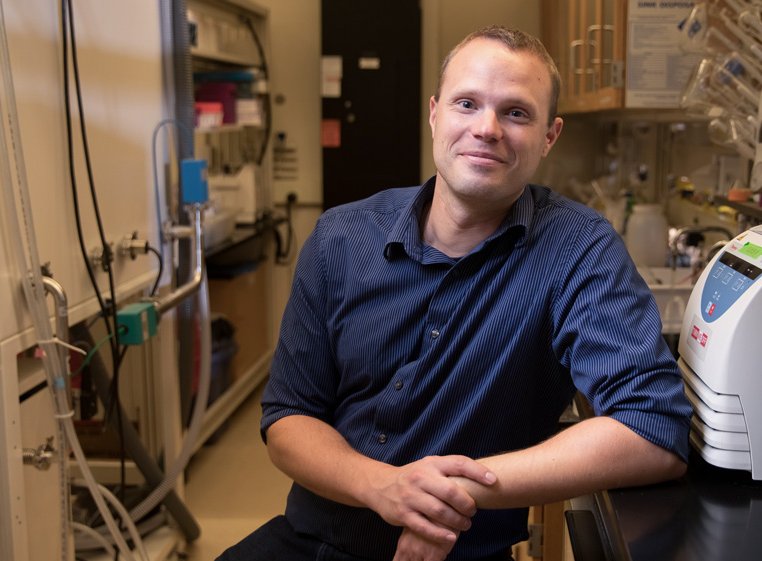
Ph.D. Advisor
MIT

Undergrad Advisor
UT Austin
